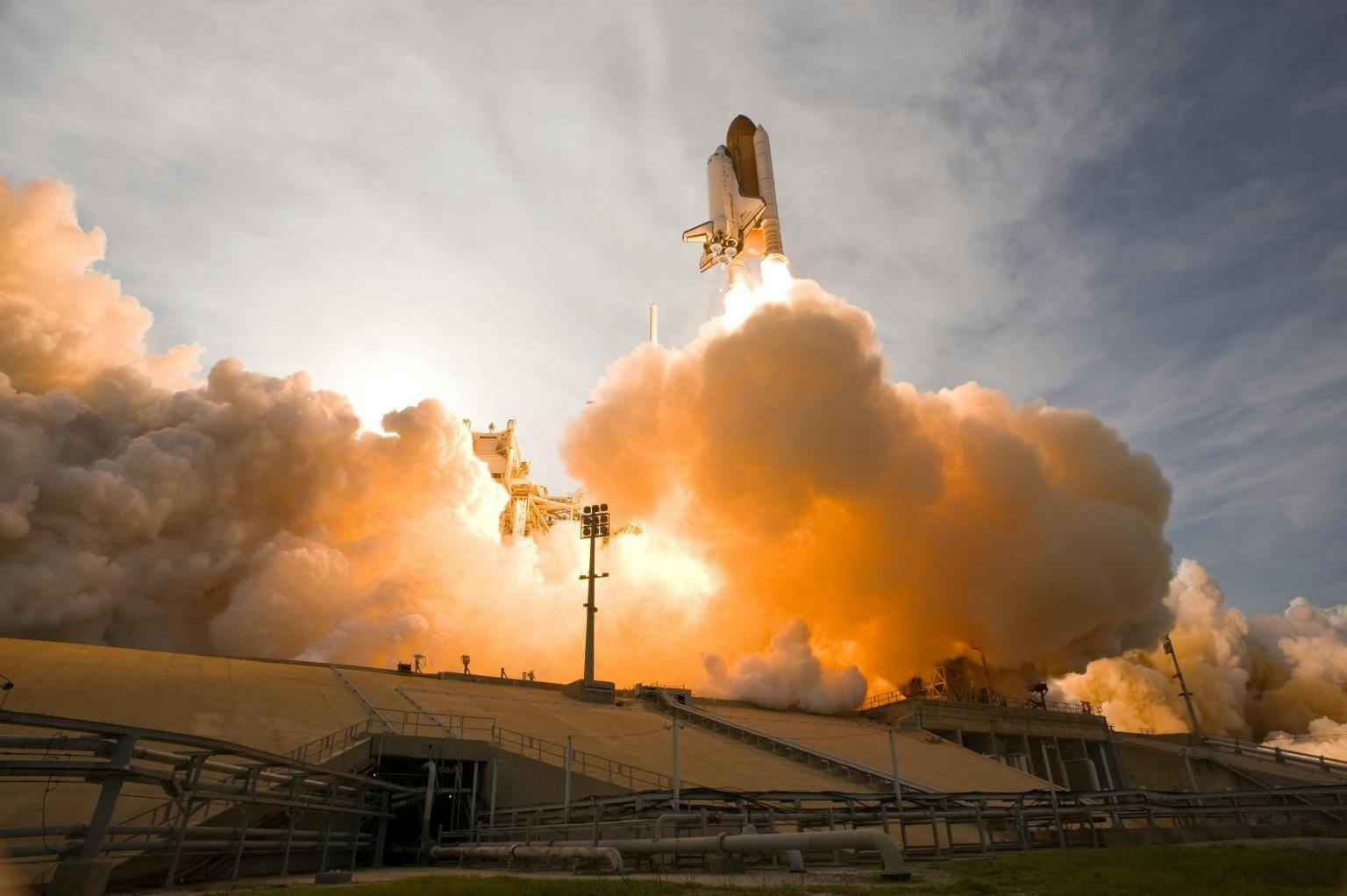The aerospace sector is poised for revolutionary shifts that might fundamentally alter our perceptions of space travel and flight. Aerospace has enormous prospects for the future that might completely transform travel, exploration, and even our daily lives as new technologies and advancements in technology arise. Gaining knowledge of these advancements can help predict future trends in the sector and the possibilities they will present. Three essential points about the future of aerospace are as follows:
Advancements in Sustainable Aviation Technology
Sustainable aviation technologies are the focus of the aerospace industry as worries about climate change and its impact on the environment rise. There has been a trend towards cleaner and more efficient alternatives due to the large contribution of fossil fuels and traditional jet engines to greenhouse gas emissions. Among the most exciting developments is the creation of electric and hybrid airplanes. Through the use of electric motors and alternative energy sources, these technologies seek to lower carbon emissions and increase fuel economy.
Sustainable aviation fuels (SAFs) are a subject of substantial research in addition to electric propulsion. When compared to traditional jet fuels, sustainable aviation fuels (SAFs) can drastically lower the greenhouse gas emissions of air travel since they are made of renewable resources. In an effort to increase the availability and affordability of SAFs, businesses are substantially investing in their manufacturing and certification. By using lighter, more aerodynamic materials to increase fuel economy and lower emissions, advances in materials science are also promoting sustainability. As these technologies develop, aviation might become more ecologically friendly and in line with international sustainability objectives.
The Rise of Commercial Space Travel
The future of aerospace encompasses not just aviation developments but also the rapidly expanding industry of business-related travel. Private firms like SpaceX, Blue Origin, and Virgin Galactic have made great progress in opening up space travel to the general public and commercial enterprises throughout the last ten years. The transition from government-run space programs to private businesses is creating new avenues for interplanetary travel, research, and space tourism.
Not just astronauts and scientists but also a wider spectrum of individuals are expected to have greater access to space thanks to commercial space flight. Businesses engaged in space tourism are creating orbital and suborbital flights that will provide travelers the opportunity to see Earth from space and feel weightless. Furthermore, the commercialization of low-Earth orbit is opening the door for the development of new space stations and habitats that will enable the conduct of industrial and scientific endeavors in microgravity. A new era of exploration and discovery may be ushered in by space flight becoming more commonplace and reasonably priced as infrastructure and technology advance.
Integration of Autonomous Systems and Artificial Intelligence
The aircraft sector is expected to undergo significant change as a result of the incorporation of AI and autonomous systems like Aerospace ERP Software. The use of artificial intelligence (AI) and machine learning is growing in the aerospace industry to improve everything from flight control systems to repair and logistics. Drones, spaceships, and autonomous planes are getting better at doing complicated jobs with little assistance from humans.
AI-powered aviation systems are increasing flight efficiency and safety by processing massive volumes of data in real-time to forecast maintenance requirements, optimize flight routes, and support pilot decision-making. Drones operating on their own are employed in a variety of tasks, such as infrastructure inspection, surveillance, and delivery services. Artificial Intelligence (AI) is becoming increasingly important in space exploration as it helps with spacecraft navigation, data analysis from space missions, and autonomous operations on distant worlds.
Aerospace might benefit from the application of AI and autonomous systems to lower human error, improve operational effectiveness, and open up previously unreachable possibilities. As these technologies develop further, the aerospace sector will probably see more creative uses and solutions.
Conclusion
The development of sustainable technology, the growth of commercial spaceflight, and the incorporation of AI and autonomous systems are all influencing the direction of aerospace. These advancements have the potential to completely transform space travel and aviation, making them more economical, accessible, and ecologically benign. The aerospace sector will create new avenues for travel, investigation, and study as it keeps innovating and expanding the realm of what is feasible. Keeping up with these developments and trends will provide you important insights into how the business is changing and the fascinating opportunities that lie ahead. In order to successfully navigate the future of aerospace, stakeholders and fans alike must embrace these developments.
copyright free image: aerospace





Be First to Comment